Description
The Rooster by Arthur Melville printed on a T-Shirt
About the T-Shirt
Regular fit
Standard length, the fabric easily gives into movement
Casual wear
A classic, everyday option loved by our customers
Side-seamed
Constructed by sewing two parts together, creating a fitted look
The Unisex Staple T-Shirt feels soft and light with just the right amount of stretch. It’s comfortable and flattering for all. We can’t compliment this shirt enough–it’s one of our crowd favorites, and it’s sure to be your next favorite too!
- Solid colors are 100% Airlume combed and ring-spun cotton
- Ash color is 99% combed and ring-spun cotton, 1% polyester
- Heather colors are 52% combed and ring-spun cotton, 48% polyester
- Athletic and Black Heather are 90% combed and ring-spun cotton, 10% polyester
- Heather Prism colors are 99% combed and ring-spun cotton, 1% polyester
- Fabric weight: 4.2 oz./yd.² (142 g/m²)
- Pre-shrunk fabric
- 30 singles
- Side-seamed construction
- Tear-away label
- Shoulder-to-shoulder taping
- Blank product sourced from Nicaragua, Mexico, Honduras, or the US
Arthur Melville (1858-1904)
Arthur Melville was a Scottish painter of Orientalist subjects, among others.
Arthur Melville was born in Loanhead-of-Guthrie, Forfarshire (now Angus, Scotland) on 10 April 1855. The family moved to East Linton, Haddingtonshire (now East Lothian), around the 1860s. He took up painting while working as a grocer’s apprentice and he attended evening art classes in Edinburgh – his biographer (Agnes E. Mackay who was his niece) indicated that he often walked the eight miles there and back. In 1874 he was employed as a bookkeeper in Dalkeith. He became a fulltime student at the Royal Scottish Academy School under John Campbell Noble. He was also influenced by John Robertson Reid. In 1877 he had, at the age of 22, his painting A Cabbage Garden, accepted by the Royal Academy. Melville sold the painting to James Hunter Annandale, a Lasswade paper manufacturer, and this partially financed the artist’s studies in Paris from 1878 to 1880.
in 1878 he travelled to Paris and enrolled at the Atelier Julian (Academie Julian). Here he began to learn about the intricacies of watercolour painting although his niece writes that he spent much time admiring the work of other artists – she mentions Monet’s Les Didons Blancs as an influence with its movement, colour and light. He had met a Scottish artist, Robert Weir Allan, who had introduced him to the Impressionists. He then spent the summer of 1879 in Grez-sur-Loing At Grez-sur-Loing a number of artists gathered and they were en plain air adherents, many being followers of Jules Bastien-Lepage. As well as Grez-sur-Loing, Melville visited Granville, Honfleur. He seemed keen to find peasant models who would pose en plein air following in the footsteps of the work of French rural Naturalists. He returned to Edinburgh early in the summer of 1880 and he took a studio in Shandwick Place which he shared with his brother George, a medical student. He only stayed a few months as he intended to return to France and then to travel to the Middle East.
The colour-sense which is so notable a feature of his work developed during his travels in Persia, Egypt and Turkey between 1880 and 1882, where he sometimes travelled alone on long inland journeys. To convey strong Middle Eastern light, he developed a technique of using watercolour on a base of wet paper with gouache applied to it.
Melville, though comparatively little known during his lifetime, was one of the most powerful influences in the contemporary art of his day, especially in his broad decorative treatment with water-colour, which influenced the Glasgow Boys. Though his vivid impressions of color and movement are apparently recorded with feverish haste, they are the result of careful deliberation and selection. He was at his best in his watercolors of Eastern life and colour and his Venetian scenes, but he also painted several striking portraits in oils and a powerful composition of The Return from the Crucifixion which remained unfinished at his death in 1904. The Victoria and Albert Museum has one of his watercolours, The Little Bull-Fig-ht Bravo, Toro! and others, like An Oriental Goatherd in the Weimar Museum, are in many museums, especially in Scotland. Many of his pictures remain with private collectors.
A comprehensive memorial exhibition of Melville’s works was held at the Royal Institute Galleries in London in 1906.

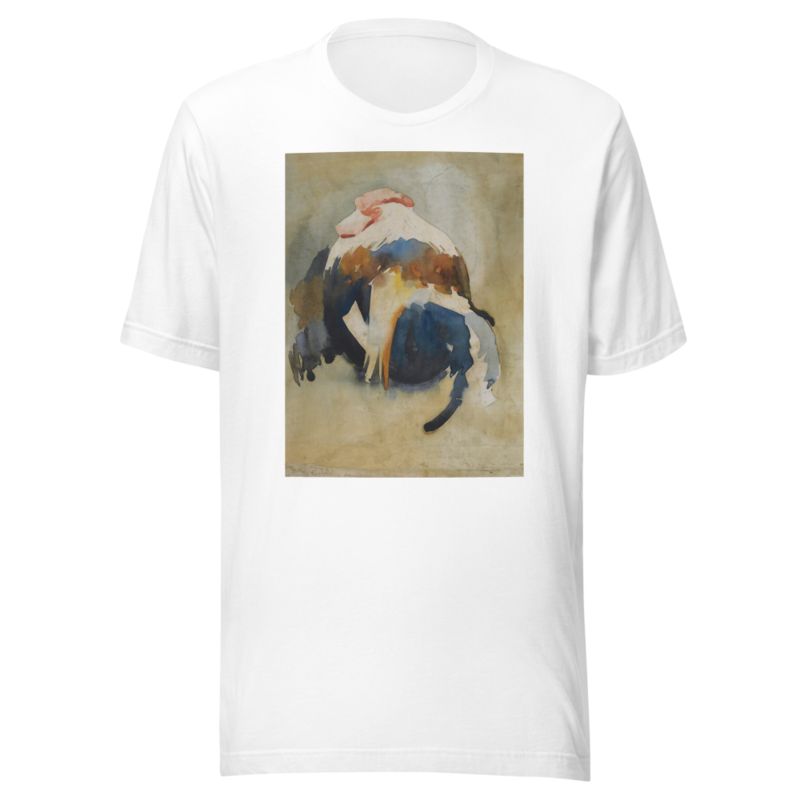
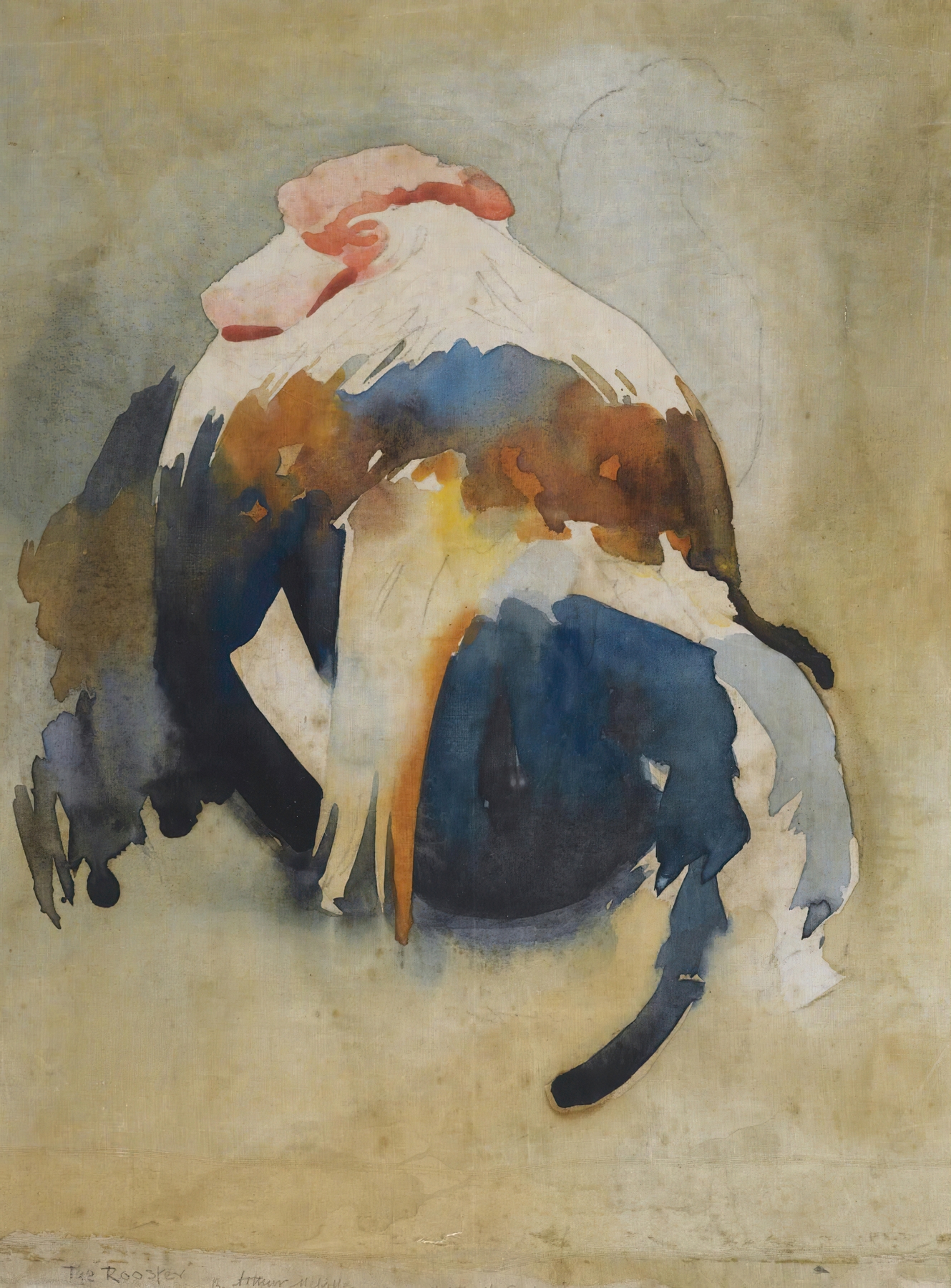
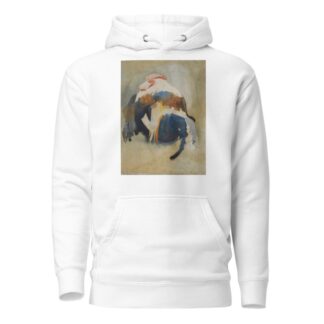
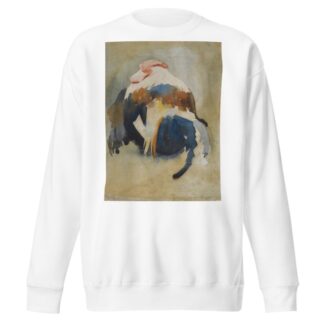
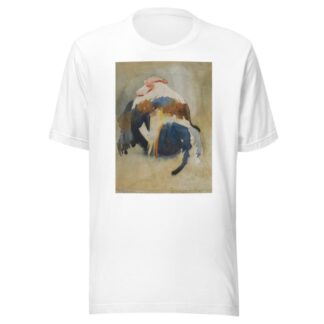
Reviews
There are no reviews yet.